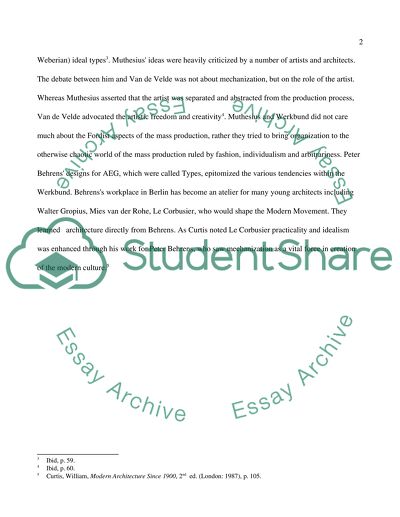Cite this document
(“The Notion of Type and its Importance in the 20th Century Essay”, n.d.)
Retrieved from https://studentshare.org/history/1409664-the-notion-of-type-and-its-importance-in-the-20th-century
Retrieved from https://studentshare.org/history/1409664-the-notion-of-type-and-its-importance-in-the-20th-century
(The Notion of Type and Its Importance in the 20th Century Essay)
https://studentshare.org/history/1409664-the-notion-of-type-and-its-importance-in-the-20th-century.
https://studentshare.org/history/1409664-the-notion-of-type-and-its-importance-in-the-20th-century.
“The Notion of Type and Its Importance in the 20th Century Essay”, n.d. https://studentshare.org/history/1409664-the-notion-of-type-and-its-importance-in-the-20th-century.


